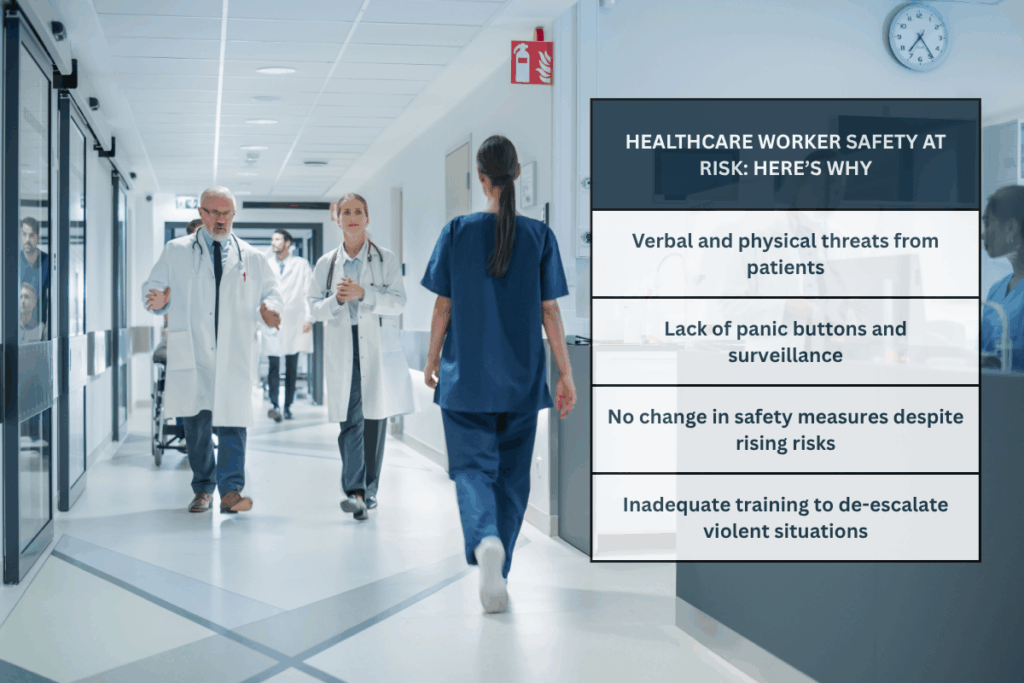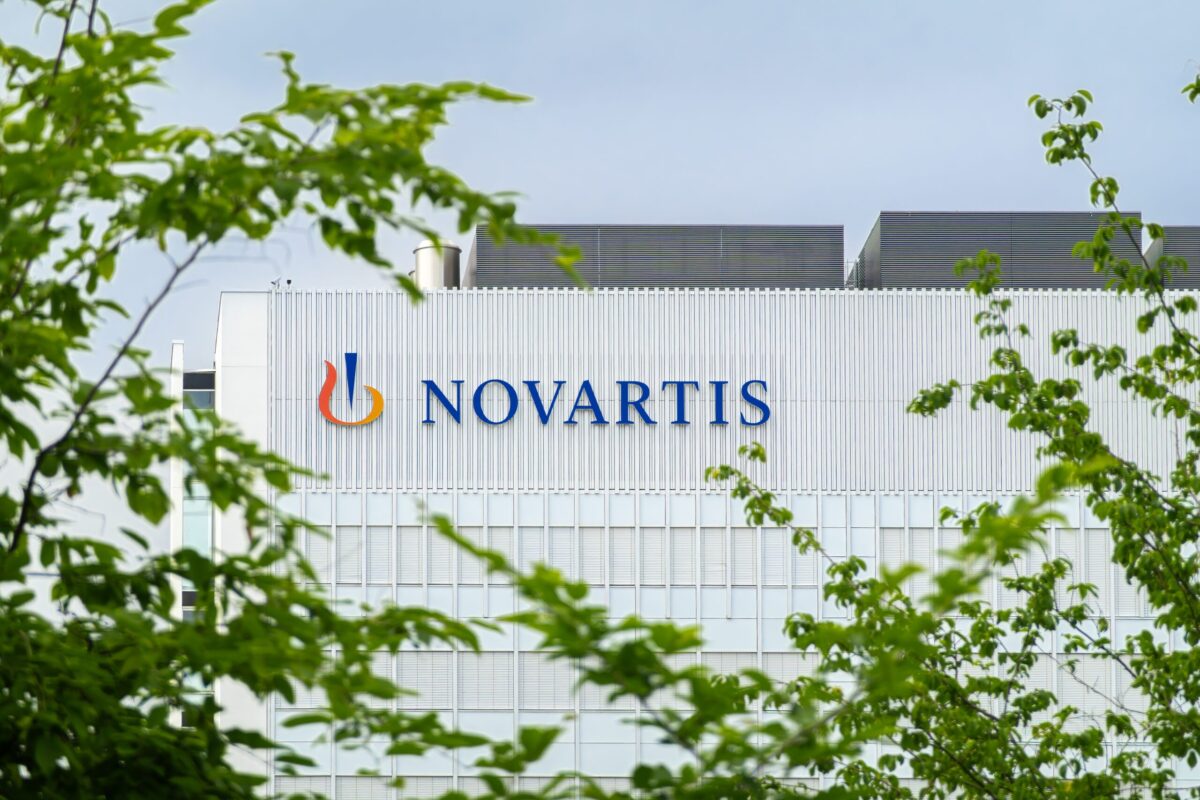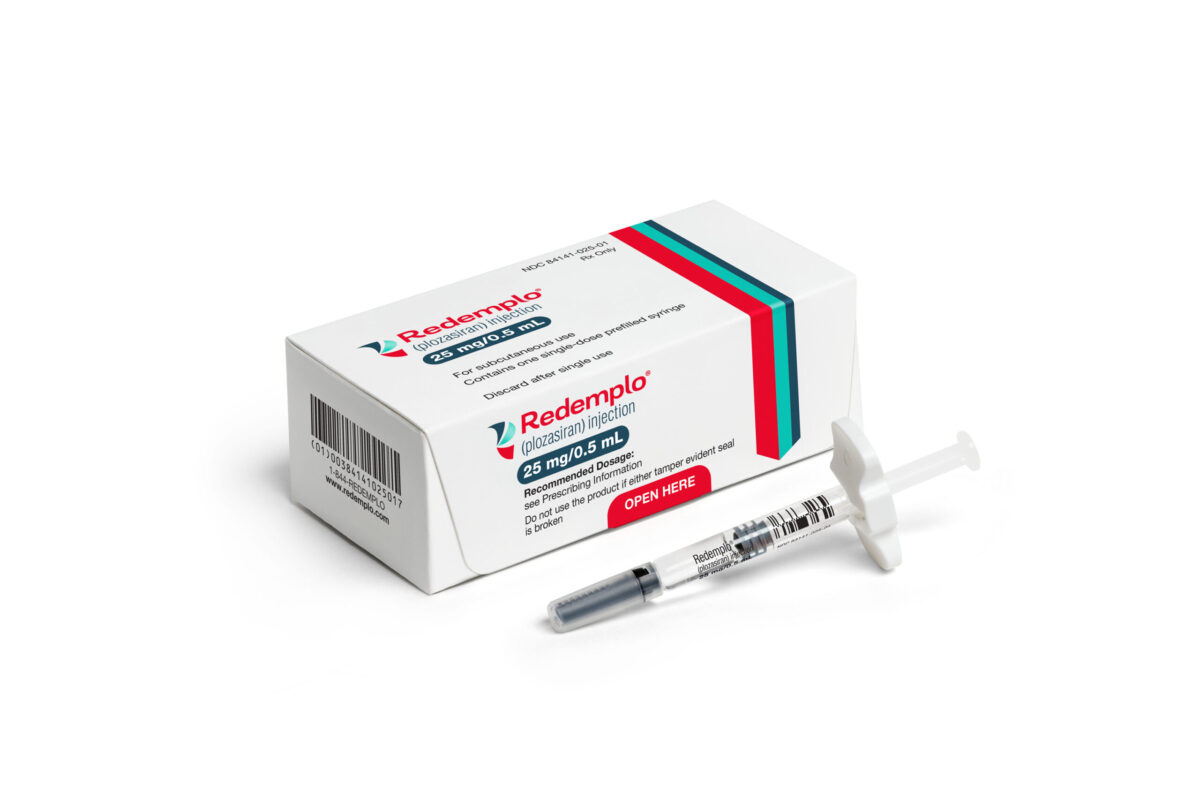A national survey conducted online by The Harris Poll for Verkada highlights the serious problems of workplace violence and safety that US healthcare workers face. Between April 21 and May 7, 2025, over 1,000 US healthcare professionals who work full or part time and interact with patients shared their experiences and views on workplace safety.
Why Healthcare Workers Fear for Their Safety
The survey shows that 59% of healthcare workers worry about their safety at work. Verbal harassment and threats from patients are the main concerns. Specifically, 81% of respondents expressed worry about verbal harassment from patients, while 77% were afraid of aggressive behavior or threats. Another 62% were concerned about verbal abuse from non-patients, likely visitors or family members.
These fears reflect real experiences: 79% of healthcare workers have witnessed or faced aggressive behavior or threats from patients and 61% reported similar experiences with non-patients. More than half, 54%, felt threatened by patients or their families and 53% said coworkers had similar safety concerns.
Common incidents involved verbal harassment (85%), drug-related aggression (48%) and physical assaults (43%) from patients.
Some groups face heightened risks, based on demographic trends. Female workers reported higher rates of verbal, physical and aggressive abuse than their male counterparts. Younger generations, particularly Gen Z and Millennials, experienced significantly more abuse than Boomers.
Nurses were particularly at risk; 60% reported physical assaults from patients compared to just 29% of physicians, and 91% reported verbal harassment.
Workplace violence risks also varied by setting and region. ER staff faced the highest exposure, with 93% experiencing verbal harassment and 80% reporting physical assaults from patients.
Regionally, drug-related aggression was most concerning in the West, while verbal harassment was highest in the Midwest.
Despite rising risks, 77% of healthcare workers reported no improvement in security measures over the past year. Only 39% indicated their facility uses modern security technologies. Many noted the absence of important safeguards, including:
- Panic buttons (61%)
- Surveillance systems (39%)
- De-escalation training (42%)
Nearly half (47%) believed better security could have prevented incidents they encountered on the job.
Related: Top 100 US Hospitals in 2025: Standouts from Fortune – Premier Rankings
Workforce Impact and Retention Challenges
Healthcare workers are dissatisfied with the lack of visible action, leading to increased turnover. About 40% of workers have thought about quitting due to safety worries, with half of nurses saying they would probably leave their current job within the next year if conditions do not improve.
Importantly, 52% believe safety concerns are deterring new professionals — especially women and Gen Z — from entering the field.
Spotlight: Healthcare Workplace Violence Incidents in 2025
In 2025, a series of high-profile incidents has made the issue of healthcare worker safety hard to ignore.
In Oregon, lawmakers advanced a bill to prevent workplace violence in healthcare after union testimony reported assaults on nurses. In Cleveland, healthcare workers reported increasing violence amidst staffing shortages. A 76-year-old nurse in North Texas was assaulted by a patient in April, raising safety concerns. In Rhode Island, workplace violence and unsafe staffing led to a strike at Butler Hospital.
Workplace violence is often nonfatal, but data from the Bureau of Labor Statistics show that deadly incidents do happen. Between 2011 and 2018, there were 156 workplace homicides involving private healthcare workers, averaging 20 per year. In 2018, homicides in healthcare and social assistance accounted for 4% of all workplace homicides across US industries. Most assailants were relatives or domestic partners of the workers.
In one of the most serious incidents this year, a shooting at UPMC Memorial Hospital in Pennsylvania left a police officer dead and injured seven others, including three hospital employees.
Policy Response to Healthcare Worker Safety
In response to increasing pressure from workers and public scrutiny, some healthcare systems and state legislatures have started to implement measures aimed at improving safety and preventing future violence.
In 2024, California passed Assembly Bill 2975, which requires hospitals to install weapons detection systems in emergency departments, main entrances and labor and delivery units by March 2027. The law limits handheld metal detectors to supplemental screening, marking a shift toward standardized security infrastructure.
Nursing associations, including those representing Filipino leaders in the US, are collaborating with industry partners like BD to strengthen protections.
In addition, several states have passed laws addressing workplace violence in hospitals, setting minimum security standards and incident response protocols. For example, Virginia has introduced new reporting mandates for workplace violence for healthcare employers.
While some institutions are exploring AI-powered weapons detection systems across North America, consistent safeguards have yet to become the norm. As workplace violence remains visible, healthcare organizations may need to rethink how they ensure staff safety.
If you want your company to be featured on Xtalks.com, please email [email protected].












Join or login to leave a comment
JOIN LOGIN